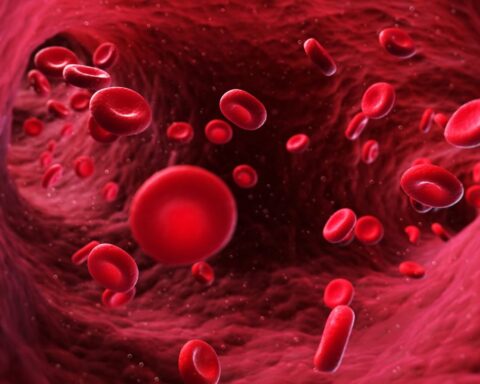Pasteur passed his laboratory notebooks along to his heirs with the provision that they never made the notebooks public.
However, his grandson, Louis Pastueur Vallery-Radot, who apparently didn’t care for Pasteur that much, donated the notebooks to the French national library, which published them.
In 1914, Professor Geison of Princeton University published an analysis of these notebooks, which revealed that Pasteur had committed massive fraud in all his studies.
For instance, when he said that he injected virulent anthrax spores into vaccinated and unvaccinated animals, he could trumpet the fact that the unvaccinated animals died, but that was because he also injected the unvaccinated animals with poisons.
In the notebooks, Pasteur states unequivocally that he was unable to transfer disease with a pure culture of bacteria (he obviously wasn’t able to purify viruses at the time.)
In fact, the only way he could transfer disease was to either insert the whole infected tissue into another animal (he would sometimes inject ground-up brains of an animal into the brain of another animal to “prove” and contagion) or resort to adding poisons to his culture, which he knew would cause the symptoms in the recipients.
He admitted that the whole effort to prove contagion was a failure, leading to his famous deathbed confession: “The germ is nothing; the terrain is everything”.
Excerpt from the book The Contagion Myth by Thomas Cowan and Sally Fallon Morell
Get the book here: https://drtomcowan.com/products/the-contagion-myth?_fid=e09ac0799&_pos=4&_ss=c
